Education spending in G-B
Over 60% fall in the pre-primary age of three to five years
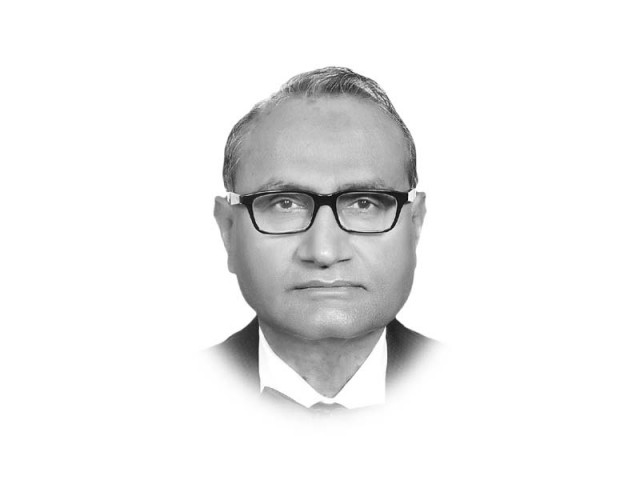
pervez.tahir@tribune.com.pk
Development expenditure on education has increased from Rs1 billion to Rs1.53 billion, a jump of 53%. However, this amount is only 8.4% of the total development budget. No break-up is available for allocations by functions. It is, therefore, not possible to have a clear idea of the distribution of resources at various levels of education. New school buildings, upgradation and provision of missing facilities are the main objects of expenditure. In 2016-17, there were 89 new and 72 ongoing schemes.
In the allocations shown under the demand related to the Ministry of Kashmir Affairs and Gilgit-Baltistan, only two specific schemes are mentioned under education — a technical and a medical college in Gilgit.
In the development budget of the Higher Education Commission, there are two ongoing and two new schemes for G-B. Establishment of an engineering faculty on the Gilgit and Skardu campus of Karakorum International University (KIU) received the approval of the Central Development Working Party in March 2015 at a total cost of Rs887 million. An expenditure of Rs350 million has already been made. The allocation this year is Rs250 million. Although the PC-I for establishment of the University of Baltistan is still under preparation at a total cost of Rs2 billion, the project is categorised as ongoing. A sum of Rs15 million has already been spent and the allocation for 2017-18 is Rs150 million. The two new projects relate to the construction of hostel/sports facilities and the establishment of a constituent medical college at KIU with the respective allocations of Rs40 million and Rs100 million for 2017-18. On the current budget side, normally the major claimant of the education budget, no information is available.
With a population of 1.3 million estimated for 2013, the literacy rate of G-B was 60% — 70% for males and 60% for females. All districts, except Diamer, had a literacy rate ranging between 57-73 per cent. It was 32% in Diamer. These are impressive numbers, reflecting the work of the government as well as the effective presence of the nongovernment sector.
In the case of primary education, there is a bridgeable gap. The Annual Status of Education Report 2015 survey states that 15% of children aged six-16 years are out of school. A more recent report by Unicef places the absolute number of out of school children at 70,000, a little over 50% of these girls. Over 60% fall in the pre-primary age of three to five years. In other words, a big push can put all the primary age group children in school fairly quickly. This, sadly, is not the priority reflected in the budget, which has a huge focus on infrastructure and visible tertiary education projects.
Published in The Express Tribune, July 21st, 2017.
Like Opinion & Editorial on Facebook, follow @ETOpEd on Twitter to receive all updates on all our daily pieces.


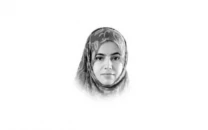



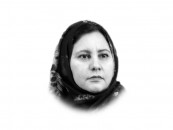

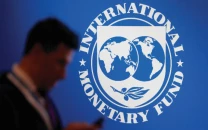


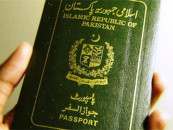
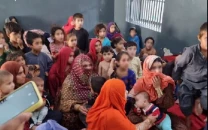
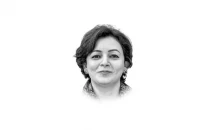
COMMENTS
Comments are moderated and generally will be posted if they are on-topic and not abusive.
For more information, please see our Comments FAQ